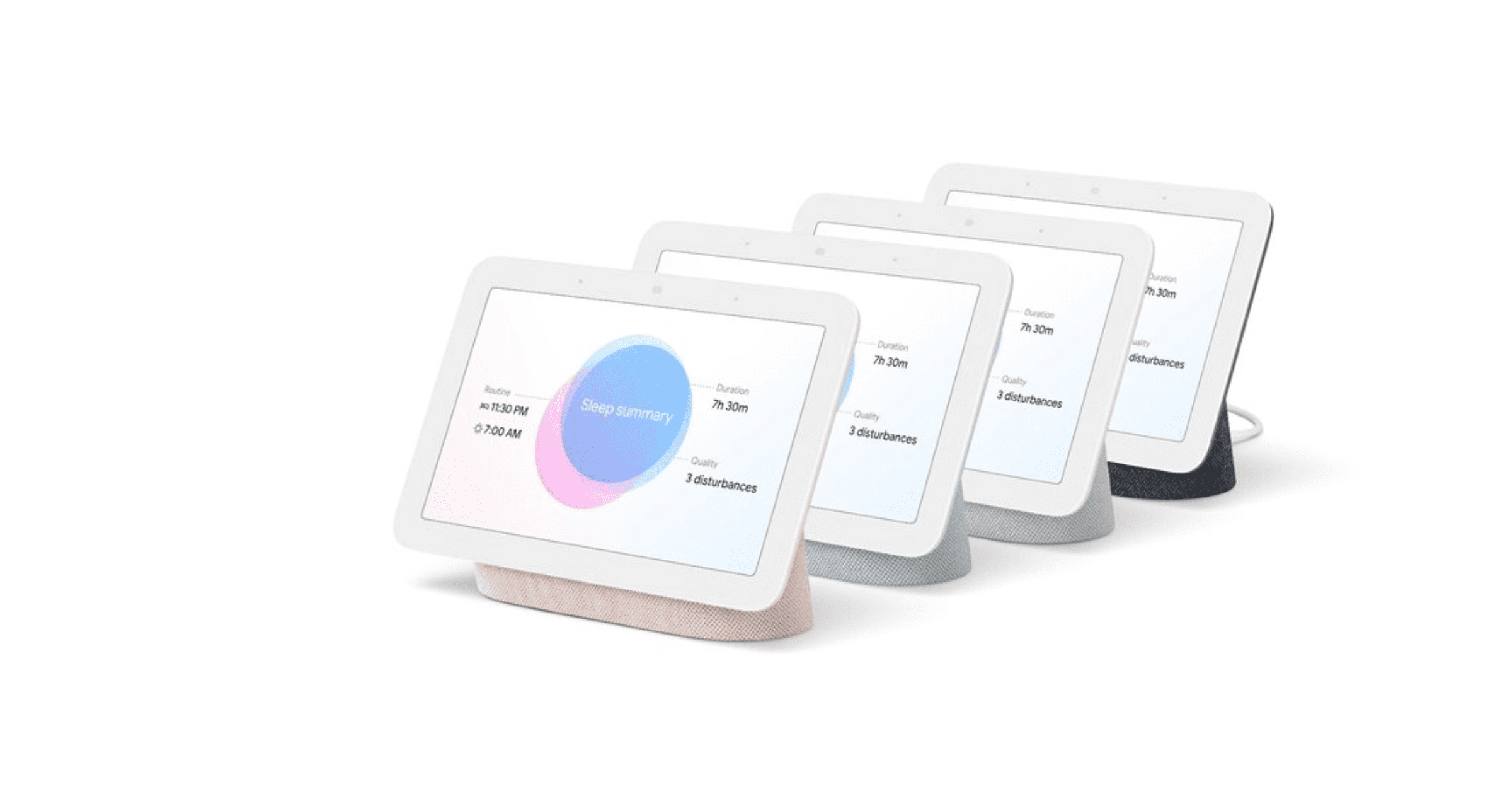Google unveiled the second generation of the Nest Hub device on Tuesday. One thing about the device that is rather eyebrow rasing is that it has a radar sensor that measures microvements when a user is asleep.
Google Nest Hub Radar and Microphone Meant to Help You Sleep Better
CNBC got to test a version of the device:
Users can set the new Nest Hub near where they sleep, like on a bedside table, and it will guide them through a setup process for “Sleep Sensing,” which helps line the radar up with where you sleep in bed. Google said it can measure micromovements, like your chest moving while breathing, to determine when you’re sleeping. Microphones can determine if you’re snoring or coughing, and other built-in sensors can determine the room’s temperature and the brightness of lights. It takes all of this information and tells you how well you slept and can then make recommendations, like to set a reminder to go to bed at a certain time to improve consistency, or to try to meditate with a wind-down routine before bed.
It’s worth putting out that Nest Hub does not have a camera. Google said that the data is analyzed on dervice, not sent to the company. Ashton Udall, Product Manager, Google Nest, explained:
Sleep Sensing uses Motion Sense (powered by Soli low-energy radar technology) to analyze how the person closest to the display is sleeping, based on their movement and breathing — all without a camera or wearable.
Acces to Third Party Media Content
A couple of other things are worth noticing. Sleep Sensing works in the Google Fit app on both Android and iOS. You can also use the Next Hub to play Apple Music, as well as YouTube Music, Spotify, and Pandora. You can also access TV content from Netflix, Disney+ and YouTube TV. The device costs U.S.$99.

Can you say creepy?
“Microphones can determine if you’re snoring or coughing, and other built-in sensors can determine the room’s temperature and the brightness of lights”
Other noises and activities as well?